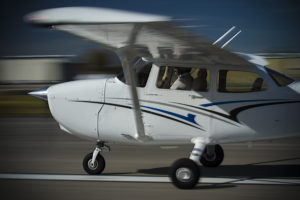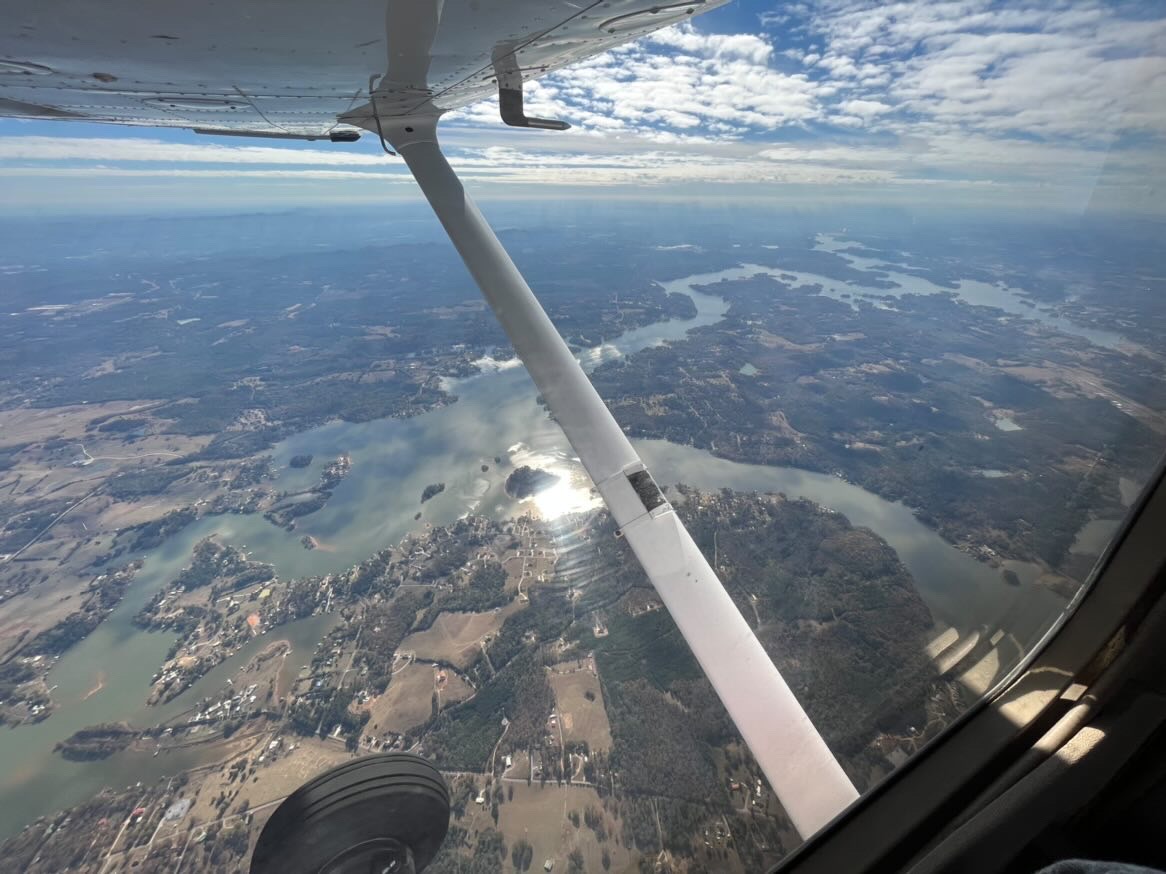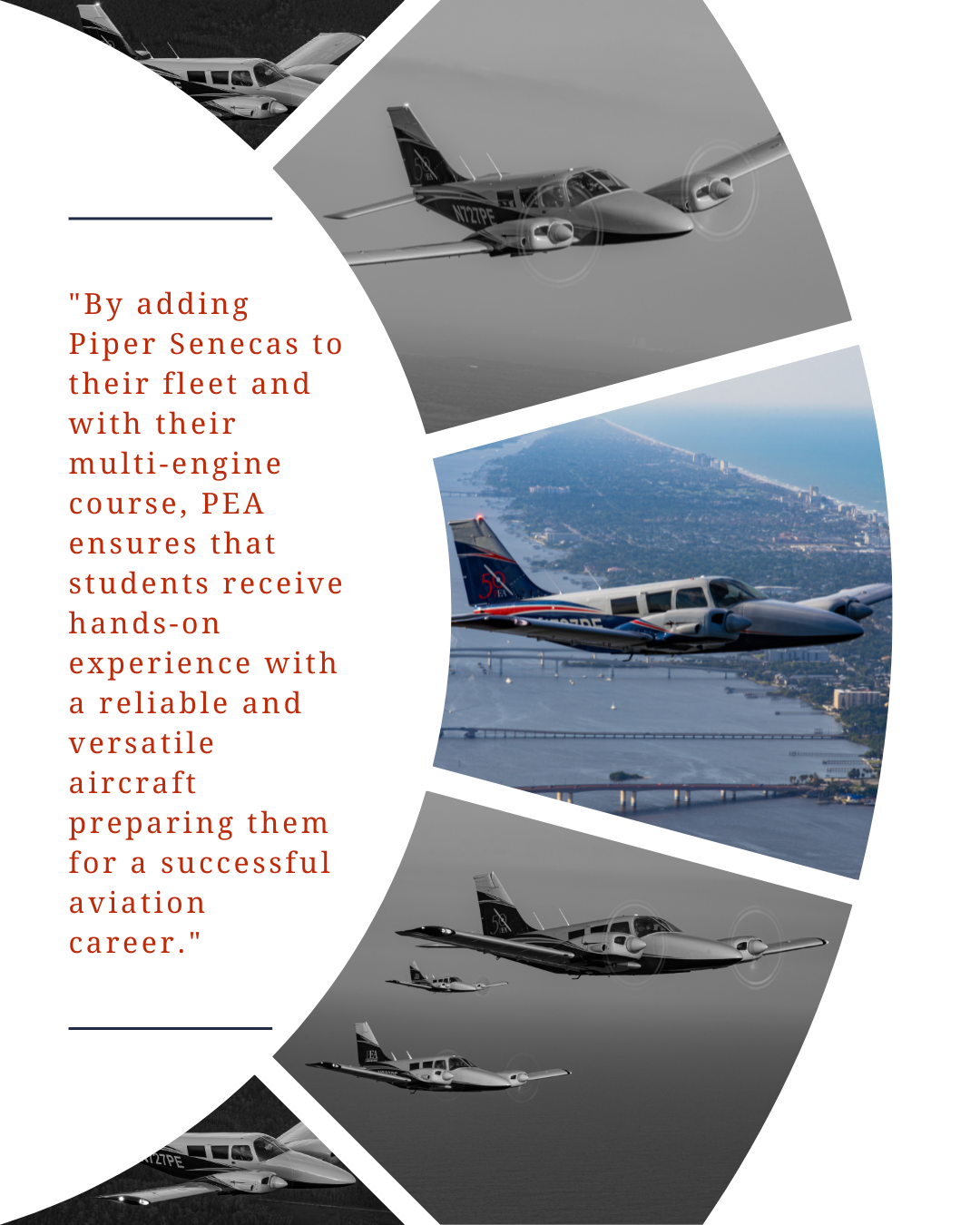Guide to a Student’s First Solo Flight
 You may have heard the phrase “flying solo,” which typically means to “go one’s own way.” For student pilots, this has a literal meaning. There comes a point where a student is ready to fly on their own and demonstrate their capabilities as a pilot in the absence of an instructor, and this is known as a student’s “first solo flight.”
You may have heard the phrase “flying solo,” which typically means to “go one’s own way.” For student pilots, this has a literal meaning. There comes a point where a student is ready to fly on their own and demonstrate their capabilities as a pilot in the absence of an instructor, and this is known as a student’s “first solo flight.”
A student’s first solo flight is a major milestone for their development as a pilot, allowing them to gain confidence in their abilities and establish a sense of independence. Solo flights are also valuable for instructors since a pilot’s ability to fly on their own helps gauge their progress. Instructors can then determine whether a student is ready to fly solo at their discretion.
That being said, there are steps students must go through to be able to embark on their first solo flight at Phoenix East Aviation. Students must demonstrate competencies in certain areas according to Federal Aviation Regulations (FAR) to be approved for solo flights. Let’s take a further look at the process.
Understanding the Requirements
The first step towards preparing for a solo flight is understanding the Federal Aviation Regulations (FAR) requirements as outlined in Part 61.87. According to the FAR, a student must be knowledgeable on solo requirements (Part 61.87) and the general operating and flight rules (Part 91), and have logged training in several necessary maneuvers. While there is no set timeframe or number of flight hours required, an instructor will determine when a student is proficient enough to fly alone.
During ground training, students will be versed in Parts 61.87 and 91 through a series of tests. Testing must cover both Parts as well as the procedures for landing where the flight is performed and the flight characteristics for the make and model of the aircraft. Part 91 asks students to understand safety procedures, aircraft speed, and altitude requirements among other topics.
As for flight training, PEA instructors will make sure students can follow several maneuvers. Some examples of these include how to perform stalls, proper takeoff and landing procedures, and preflight planning.
Once the student has understood these requirements, they will be able to plan for their future solo flight.
Embarking on Your First Solo Flight
When a student pilot has completed all requirements and their instructor has approved them for a solo flight, they are now ready to “fly solo.” A student’s first solo flight is a momentous occasion in which they can put their skills to the test and experience what it will be like once they’ve obtained their pilot’s license.
Flying solo is both an exciting endeavor and an important opportunity for learning. A newfound sense of independence will allow a student to get a feel for what it will be like without relying on an instructor, which is something that they will have to do once they have obtained their pilot’s license. Instructors might also feel a sense of accomplishment by getting to see what their students  have learned and how far they have come.
have learned and how far they have come.
Students will be able to discuss their strengths and weaknesses with their instructor afterward since they aren’t expected to be perfect the first time. Additionally, they can practice any maneuvers they feel uncomfortable with and become even more prepared for their next solo flight.
Once you’ve completed your first solo flight and gained confidence in your abilities, you will be one step closer to becoming a successful pilot.
If you are ready to have your pilot dreams take flight, contact Phoenix East Aviation at info2@pea.com to get in touch with their esteemed Admissions Department which is here to help!




